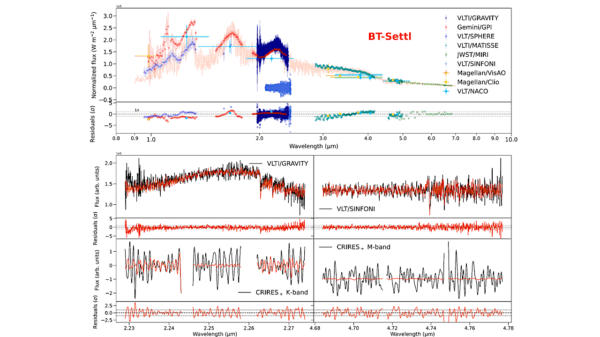A recent study reveals a significant link between declining physical activity levels and the onset of cardiovascular disease. Researchers found that adults who later develop this condition exhibit a marked decrease in their physical activity approximately 12 years before diagnosis. This decline continues to affect their health long after the initial cardiovascular event.
The study, titled “Trajectories of Physical Activity Before and After Cardiovascular Disease Events in CARDIA Participants,” was published in JAMA Cardiology. It involved a multi-institution team, including experts from the Coronary Artery Risk Development in Young Adults (CARDIA) study, which has been tracking participants since its inception in 1985–1986. The analysis included data from 3,068 participants across four US cities, with a median follow-up period of 34 years.
Study Design and Findings
Researchers utilized both longitudinal and nested case-control analyses to examine the trajectories of moderate to vigorous-intensity physical activity throughout adulthood. They measured activity using exercise units, where 300 exercise units correlate with the recommended 150 minutes per week of activity.
The cohort analysis indicated that physical activity levels generally declined steadily from young adulthood into middle age before stabilizing in later years. Notably, demographic variations emerged: Black men experienced a more sustained decline, while Black women consistently reported the lowest levels of activity throughout their lives. Conversely, white men showed an initial decline followed by stabilization and slight recovery, while white women began with lower activity but demonstrated significant recovery starting in midlife.
In a detailed analysis of 236 cases of incident cardiovascular disease matched to control participants, researchers observed that activity levels began to decline roughly 12 years prior to diagnosis. This decline accelerated significantly within two years of the event. Those who later developed heart failure exhibited the steepest pre-event declines, while participants later diagnosed with coronary heart disease or stroke showed a more gradual decrease.
Implications for Public Health
Post-diagnosis, all groups maintained similarly low activity levels, with fewer than 300 exercise units reported. The research indicated that cases were more likely than controls to exhibit low activity following cardiovascular disease diagnosis, with an odds ratio of 1.78. The risk was notably higher for Black women, who faced an odds ratio of 4.52, indicating a critical need for targeted health interventions.
The researchers conclude that maintaining physical activity throughout life is essential, particularly for vulnerable groups such as Black women. They emphasize that increasing physical activity may help reduce the risk of cardiovascular disease and improve recovery outcomes following diagnosis.
This comprehensive investigation sheds light on the critical relationship between physical activity and cardiovascular health. Given the rising prevalence of cardiovascular disease worldwide, these findings underscore the importance of promoting active lifestyles as a preventative strategy.
The study serves as a reminder of the need for continued awareness and action to encourage physical activity across all demographics. As the data shows, engaging in regular exercise can be a vital countermeasure in the fight against cardiovascular disease.

































































